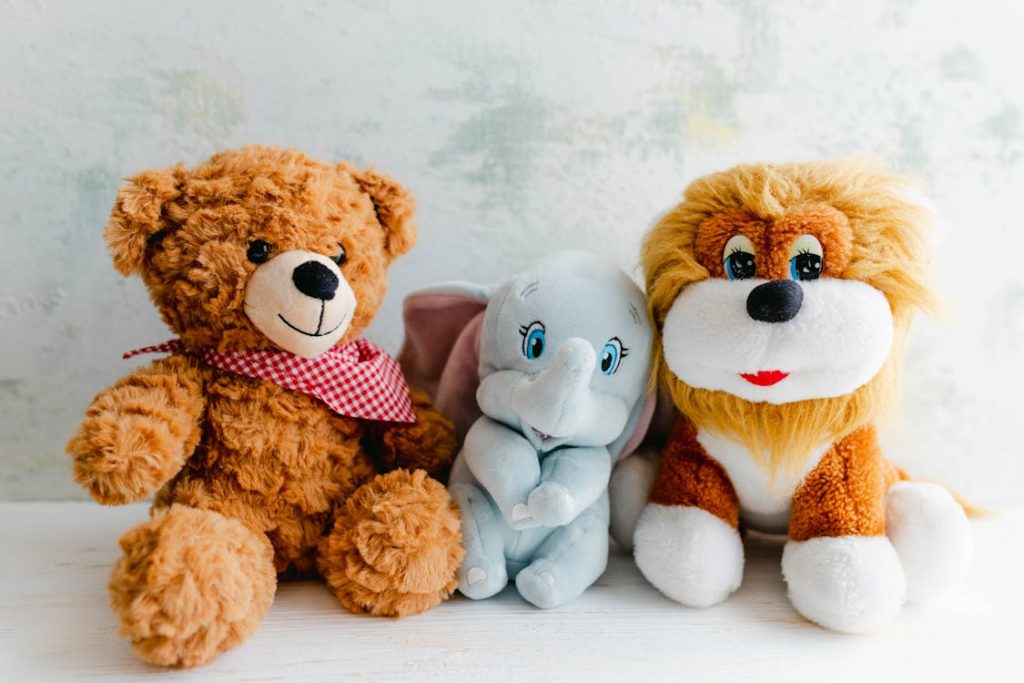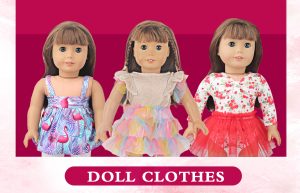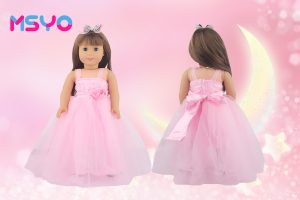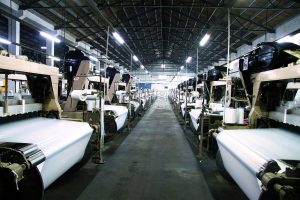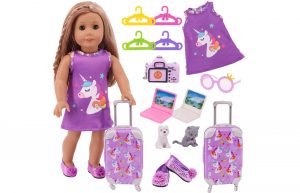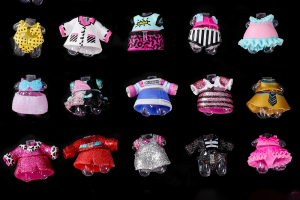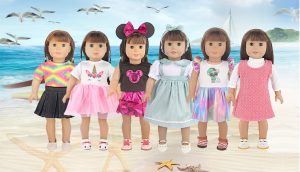Stuffed animals, also known as plush toys, have been popular among children and adults for many years. They bring comfort, joy, and companionship to people of all ages. If you’ve always wondered how these adorable companions are made, here is a step-by-step guide to manufacturing stuffed animals, focusing on stuffing, sewing, and packaging.
Stuffing is an important step in making stuffed animals because it gives them their soft and huggable quality. The first thing to consider is the type of stuffing material to use. The most common ones are polyester fiberfill or cotton batting because they are lightweight and hypoallergenic. These materials provide a plush and fluffy texture that is perfect for cuddling. To start the stuffing process, cut out the fabric pattern of the stuffed animal and sew it together, leaving a small opening for the filling. Then carefully insert the stuffing into the toy, ensuring even distribution. After filling it up, sew the opening closed to complete the first step in manufacturing stuffed animals.
Once the stuffing process is done, the next crucial step is sewing. Sewing brings together all components of the stuffed animal to form its final shape. The quality of stitching greatly affects durability and overall appearance of the toy. Skilled seamstresses use various techniques (such as backstitching) to reinforce seams and prevent them from coming undone. Depending on production scale, sewing machines or hand stitching can be used. Precision and attention to detail are essential in this step to ensure safe and accurate assembly of toys.
After the plush toys are filled and sewn, they can be packaged. Packaging is the final stage of the manufacturing process, preparing for the distribution and sale of toys. Each toy needs to be individually packaged to prevent it from getting dirty, dusty, or damaged during transportation. Transparent plastic bags or boxes are usually used to showcase the design of the toy while providing visibility for customers. In addition, product labels or tags are attached to the packaging, which contain important information such as toy name, brand, and safety warnings. Finally, the packaged plush toys are placed in boxes or trays for storage, handling, and delivery to retailers or customers.
The production of plush toys requires a combination of craftsmanship, creativity, and attention to detail. Every step from filling to sewing and packaging contributes to improving the quality and attractiveness of the final product. Quality control is crucial throughout the manufacturing process to ensure that each toy meets required standards. Any defects or flaws must be identified and addressed before packaging and shipping.
In summary, the manufacturing process of plush toys includes filling, sewing,and packaging. Filling ensures that the toy is soft and huggable while sewing brings all components together into its final shape.Finally,packaging preparesthe toyfor distributionand sale.Manufacturingplushtoysrequires skilled craftsmanship ,precision,and adherence to quality control measures.So next time when you embrace a plush toy ,rememberthe complex steps involved in its manufacturingprocessand appreciatethe effort put forthin creating your adorable companion

